
Other than the four fundamental states of matter that mentioned earlier, many other intermediate states are known to exist during the room temperature and pressure and some other states of matter exist only under extreme conditions of extreme cold temperature, extreme high density and extremely high energy. Scientist work on experiments to learn more about many other phases of matter that can exist under special conditions of very high or very low temperatures. They can be discussed as below:
- Non-Classical States Of Matter
1. Glass
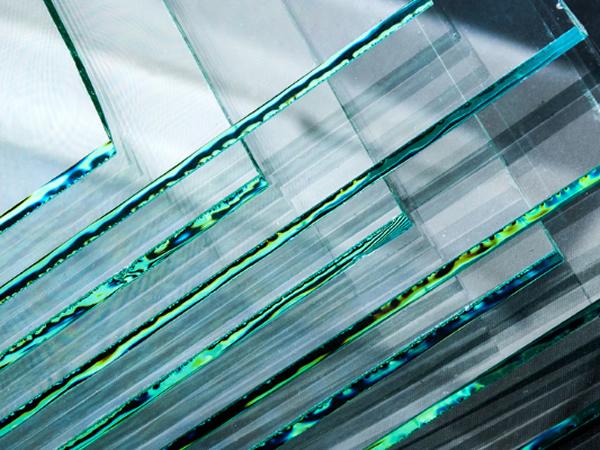
Glass is a non-crystalline or amorphous solid material that exhibits a glass transition when heated towards the liquid state. Glass is mainly made of silica which is most often formed by rapid cooling (quenching) of the molten form of silica. Glass is a hard material that can be made in many shapes. It is usually transparent, but it can also be made in colors. Glasses can be made of quite different classes of materials: inorganic networks (such as window glass, made of silicate plus additives), metallic alloys, ionic melts, aqueous solutions, molecular liquids, and polymers. Glass can be recycled over and over.
2. Liquid Crystals
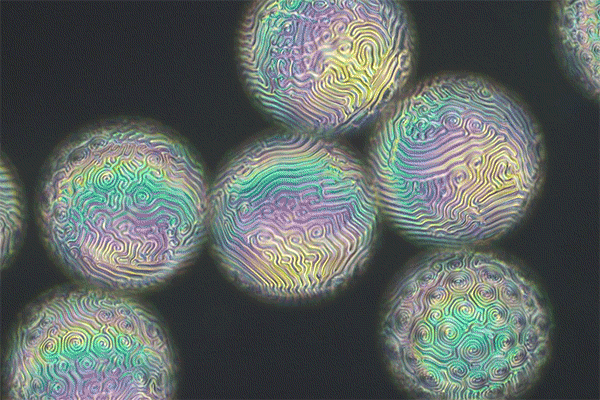
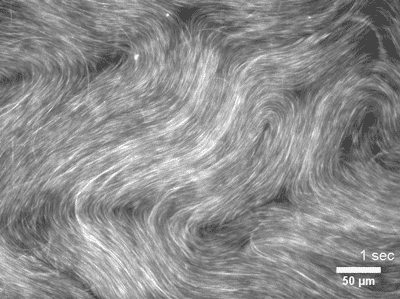


Liquid crystals are a state of matter which has properties intermediate between mobile liquids and ordered solids crystals. For instance, a liquid crystals are able to flow like a liquid, but exhibiting long-range order with its molecules may be oriented in a crystal-like way. In this state, the molecules flow as in a liquid, but they all point in the same direction (within each domain) and cannot rotate freely.

Like a crystalline solid, but unlike a liquid, liquid crystals react to polarized light. Several types have technological importance, for example, in liquid crystal displays.

Like a crystalline solid, but unlike a liquid, liquid crystals react to polarized light. Several types have technological importance, for example, in liquid crystal displays.
- Low Temperature States Of Matter
1. Bose - Einstein Condensate
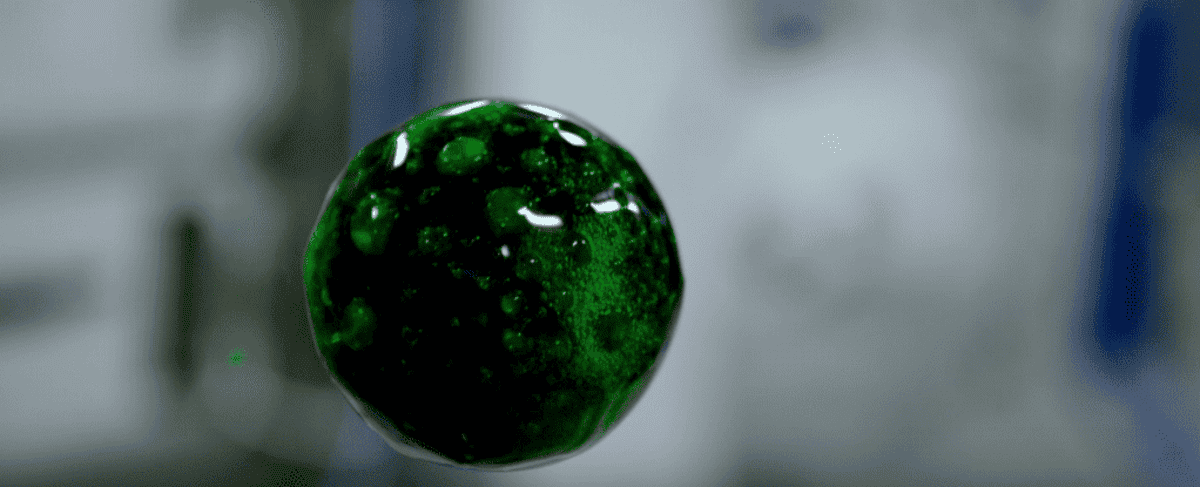



In 1924, Albert Einstein and Satyendra Nath Bose predicted the "Bose–Einstein condensate" (BEC), sometimes referred to as the fifth state of matter. A Bose–Einstein condensate (BEC) is a state of matter of a dilute gas of bosons cooled to temperatures very near absolute zero (0 K or −273.15 °C). Bose-Einstein condensates and fermionic condensates are phases of matter that apply to particles called bosons and fermions, respectively. In these condensates, matter stops behaving as independent particles, and collapses into a single quantum state that can be described with a single, uniform wavefunction. All of the particles in these condensates begin to act like one big quantum state, so they have almost no friction or electrical resistance.
In 1995, the research groups of Eric Cornell and Carl Wieman, of JILA at the University of Colorado at Boulder, produced the first such condensate experimentally. A Bose–Einstein condensate is "colder" than a solid. It may occur when atoms have very similar (or the same) quantum levels, at temperatures very close to absolute zero, −273.15 °C (−459.67 °F).
2. Super Fluids
Super-fluid is a state of matter where a liquid can act very strangely that it flows extremely so easily that friction does not change the way it flows; hence it has zero viscosity and therefore they flows without any loss of kinetic energy. It only happen at very low temperatures close to absolute zero, some liquids form a second liquid state described as super-fluid and only for a few special substances like liquid helium. This was discovered in 1937 for helium, which forms a super-fluid below the lambda temperature of 2.17 K (−270.98 °C).




Super-fluids can do things that regular liquids cannot, like flowing up the side of a bowl and getting out. Super-fluids can do things that regular liquids cannot, like flowing up the side of a bowl and getting out. In this state it will attempt to "climb" out of its container. It also has infinite thermal conductivity so that no temperature gradient can form in a super-fluid.
3. Super Solids
A super-solid is a spatially ordered material (that is, a solid or crystal) with super-fluid properties. A super-solid is a special quantum state of matter where particles form a rigid, spatially ordered structure, but also flow with zero viscosity and able to move without friction. Although a super-solid is a solid, it exhibits so many characteristic properties different from other solids that many argue it is another state of matter such as in contradiction to the intuition that flow, and in particular super-fluid flow with zero viscosity, is a property exclusive to the fluid state.




In the case of helium-4, it has been conjectured since the 1960s that it might be possible to create a super-solid. For more than 50 years it was thus unclear whether the super-solid state can exist. Starting from 2017, a definitive proof for the existence of this state was provided by several experiments using atomic Bose-Einstein condensates. The general conditions required for super-solidity to emerge in a certain substance are a topic of ongoing research.
- High Energy States Of Matter
1. Degenerate Matter
Degenerate matter is a highly dense state of fermionic matter in which particles must occupy high states of kinetic energy and very large pressure at a temperature near absolute zero. In physics, "degenerate" refers to two states that have the same energy and are thus interchangeable to satisfy the Pauli exclusion principle. The Pauli exclusion principle was formulated by Austrian physicist Wolfgang Pauli in 1925 which explains that the quantum mechanical principle which states that two or more identical fermions (particles with half-integer spin) cannot occupy the same quantum state within a quantum system simultaneously, and hence only two fermions can occupy a quantum state, one spin-up and the other spin-down.

Degenerate matter is thought to occur during the evolution of heavy stars and this was demonstrated by Subrahmanyan Chandrasekhar because of the exclusion principle caused a revolution in the theory of star evolution. Under extremely high pressure, when the core of a star runs out of light elements (like hydrogen or helium) to sustain fusion, the core of the dead star will collapse into a very dense state as the ordinary matter undergoes a transition to a series of exotic states of matter collectively known as degenerate matter. Everything is packed very tightly and can barely move.
  |
| White Dwarf Neutron Star |
Degenerate matter includes the part of the universe that is made up of neutron stars and white dwarfs. If the star isn't too heavy, it becomes a white dwarf. Inside the white dwarf stars, electron-degenerate matter is found. Electrons remain bound to atoms but are able to transfer to adjacent atoms. In a heavier star, the pressure is so intense that even the protons and electrons are crushed, and it becomes a neutron star. Neutron-degenerate matter is found in neutron stars.
2.Quarks-Gluon Plasma

![Geek-Up[11.05.10]: Quark Gluon Plasma, Solar-Power Generating ...](https://www.energy.gov/sites/prod/files/styles/borealis_article_hero_respondmedium/public/090324_ALICE-hirez.jpg?itok=fzr6pNfC)




The protons and neutrons that make up atoms are made of even smaller things called quarks which are "glued" together by things called "gluons". At incredibly high temperatures over 2 trillion Kelvin, quarks and gluons turn into another state of matter called Quark–gluon plasma. Quark–gluon plasma is a state of matter in which the elementary particles such as quarks and gluons that make up the hadrons of baryonic matter are freed of their strong attraction for one another under extremely high energy densities. In normal matter quarks are confined; in the QGP quarks are de-confined in which certain particles are allowed to exist as free excitation without any bounding.
![Geek-Up[11.05.10]: Quark Gluon Plasma, Solar-Power Generating ...](https://www.energy.gov/sites/prod/files/styles/borealis_article_hero_respondmedium/public/090324_ALICE-hirez.jpg?itok=fzr6pNfC)

Quark–gluon plasma is a very high-temperature phase in which quarks become free and able to move independently, rather than being perpetually bound into particles, in a sea of gluons, subatomic particles that transmit the strong force that binds quarks together. This is analogous to the liberation of electrons from atoms in a plasma. Unlike plasma, which flows like a gas, interactions within QGP are strong and it flows like a liquid.


Humans can make a little bit of quark-gluon plasma in the Large Hadron Collider at CERN, but it doesn't last long before cooling down. This state is briefly attainable in extremely high-energy heavy ion collisions in particle accelerators, and allows scientists to observe the properties of individual quarks, and not just theorize. Quark–gluon plasma was discovered at CERN in 2000.
- Other Proposed States Of Matter
1. Super Glass
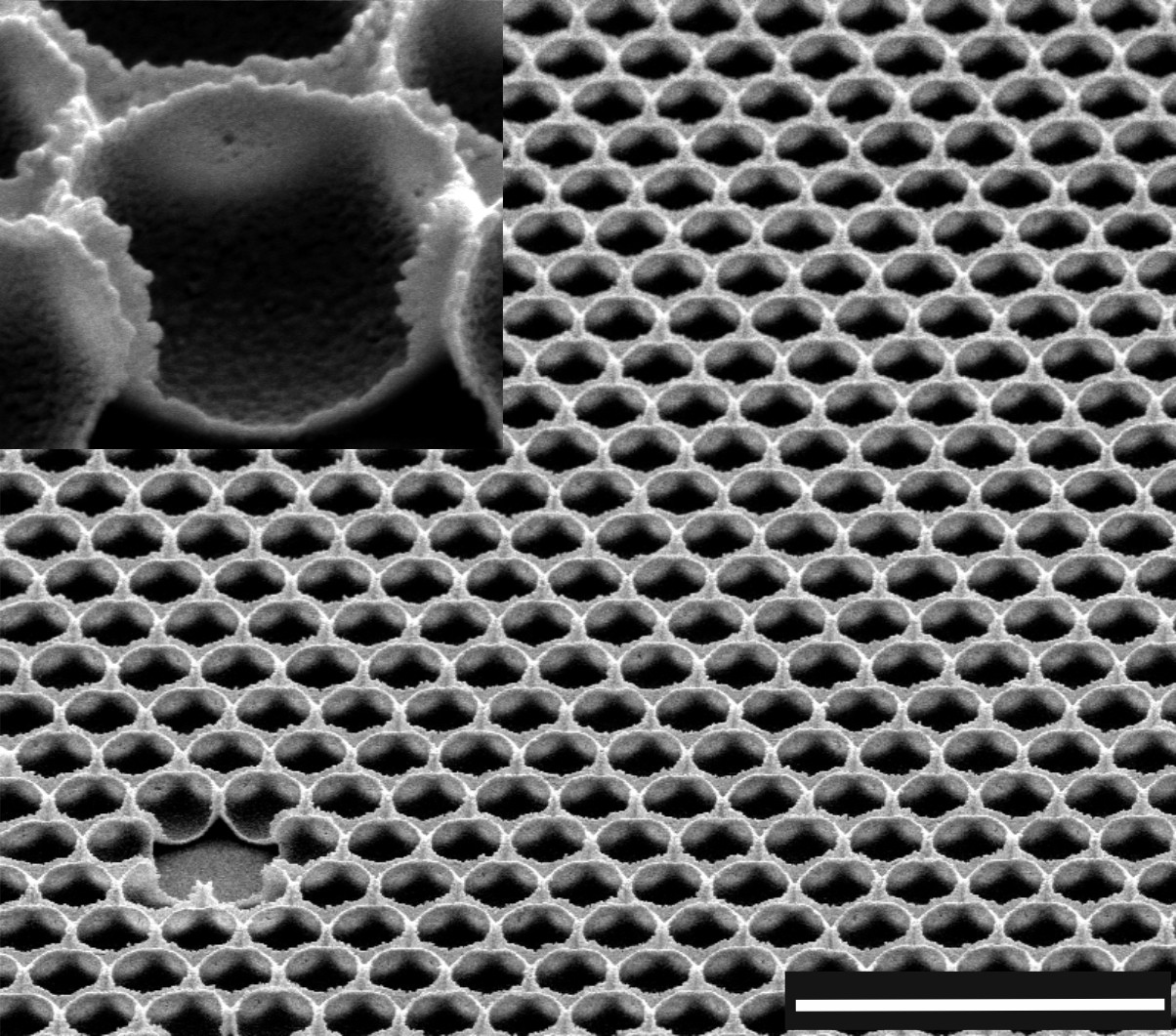
A super-glass is a phase of matter which is characterized, at the same time, by super-fluidity and a frozen amorphous structure. J.C. Séamus Davis theorized that frozen helium-4 (at 0.2 K and 50 Atm) may be a super-glass.
2. String-net Liquid
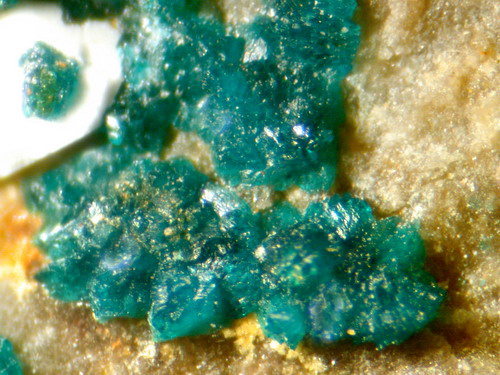
In a string-net liquid, atoms have apparently unstable arrangement, like a liquid, but are still consistent in overall pattern, like a solid. When in a normal solid state, the atoms of matter align themselves in a grid pattern, so that the spin of any electron is the opposite of the spin of all electrons touching it. But in a string-net liquid, atoms are arranged in some pattern that requires some electrons to have neighbors with the same spin. This gives rise to curious properties, as well as supporting some unusual proposals about the fundamental conditions of the universe itself.



Comments
Post a Comment